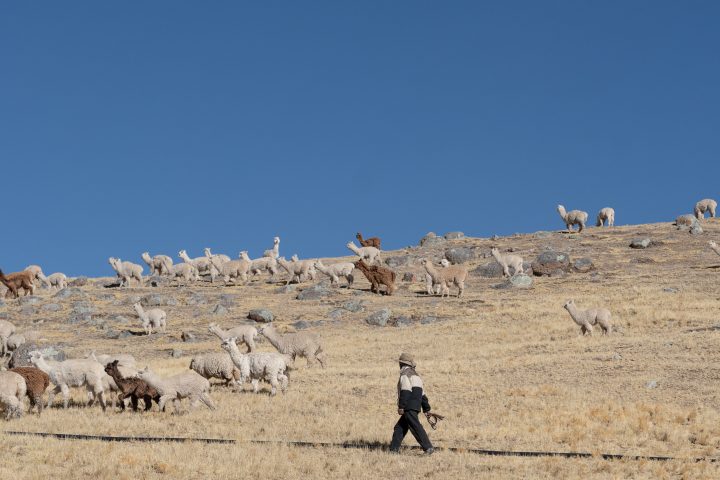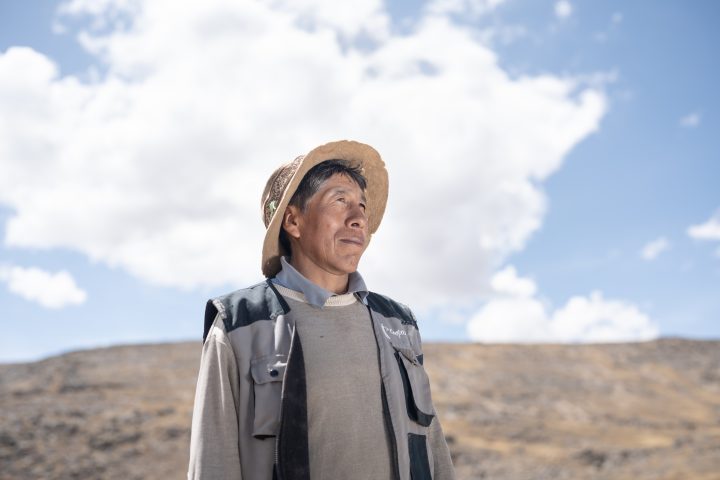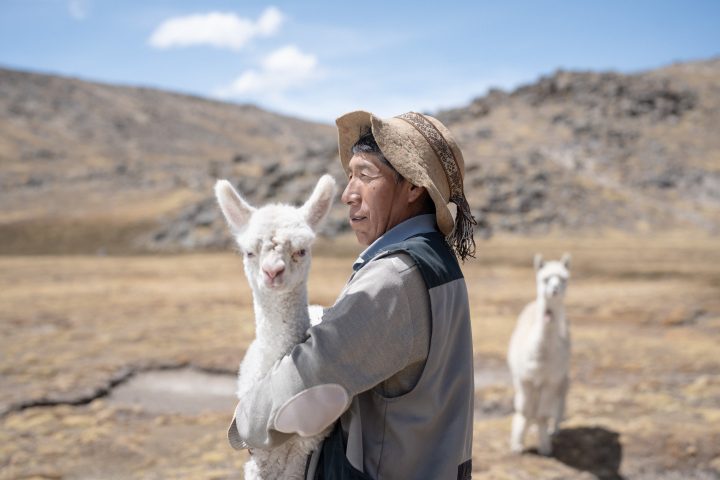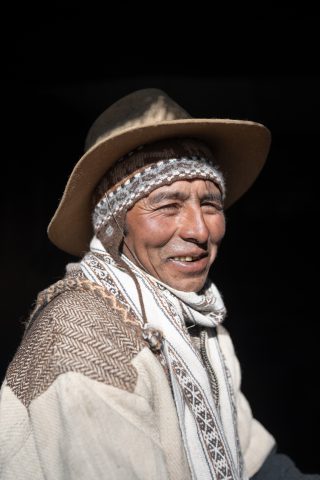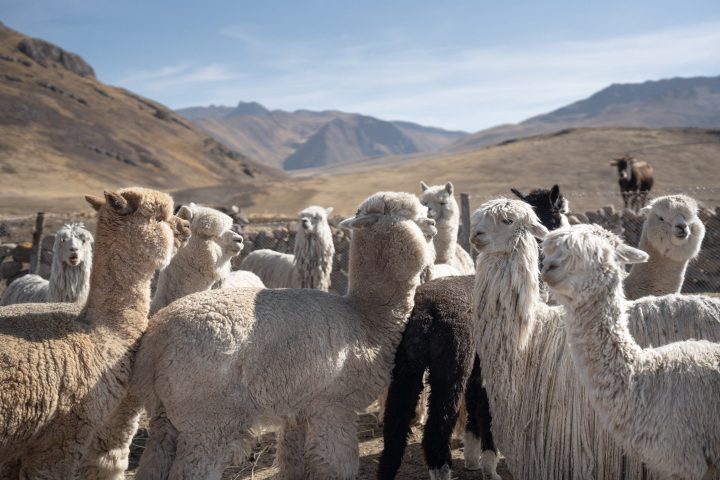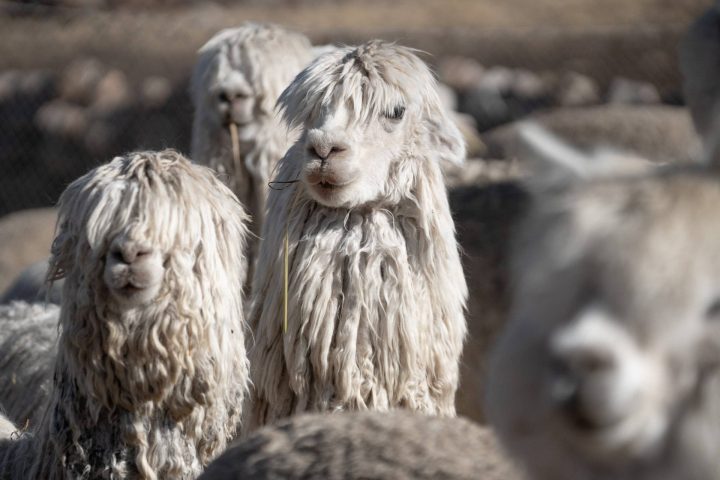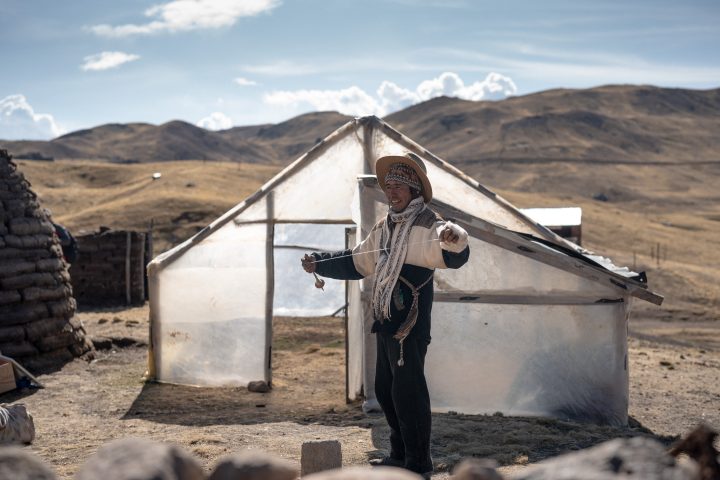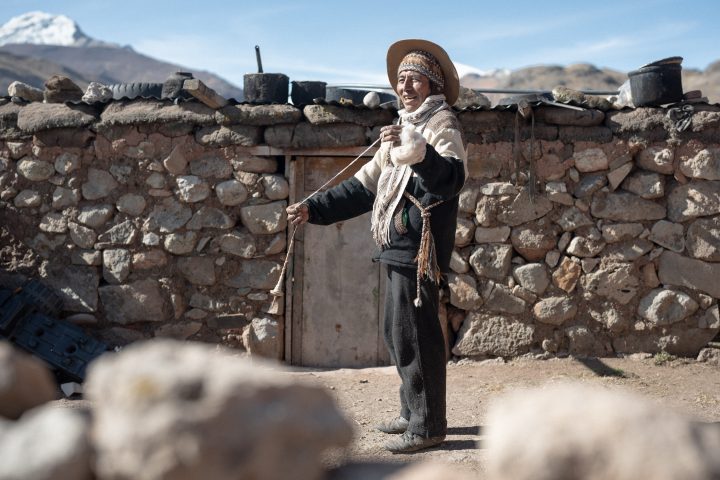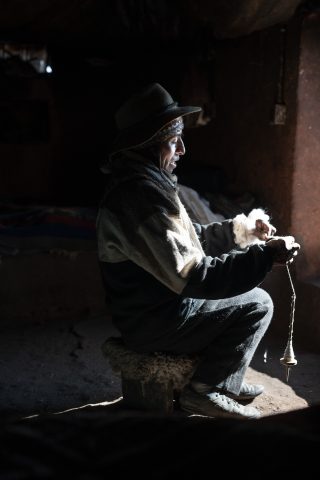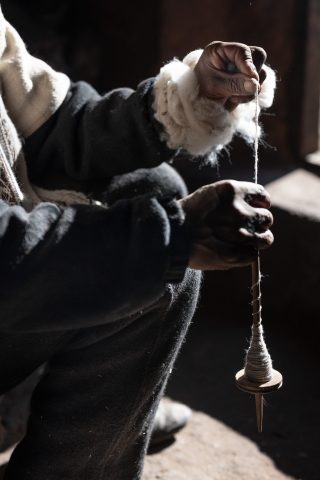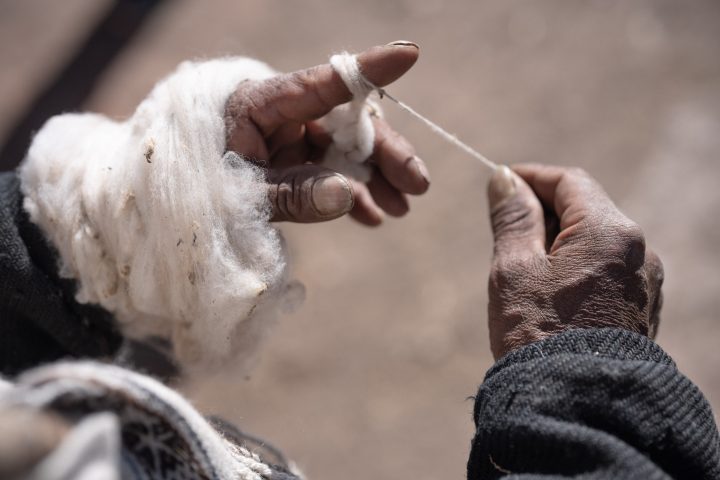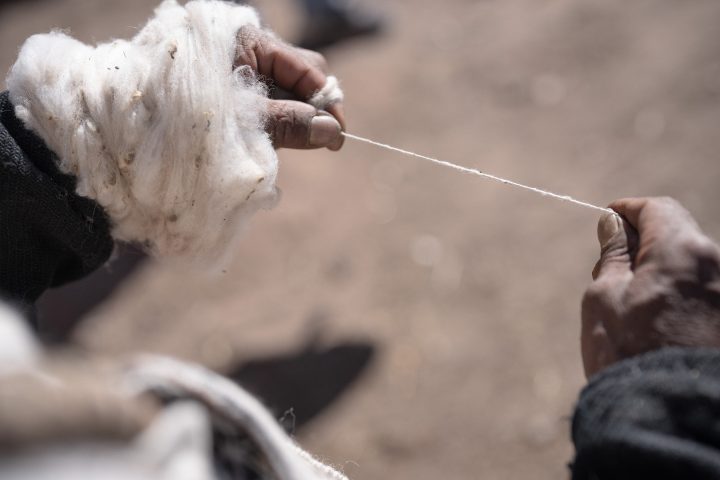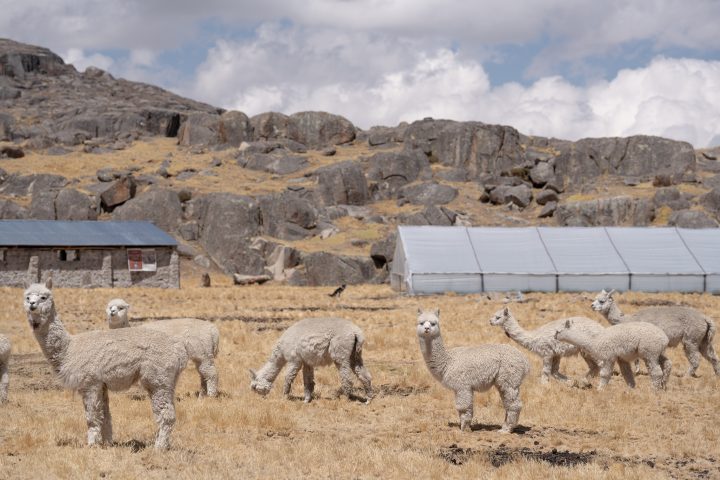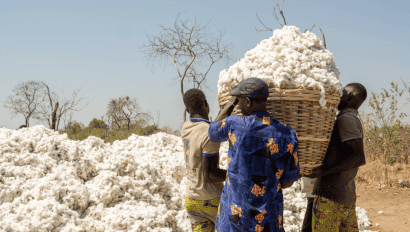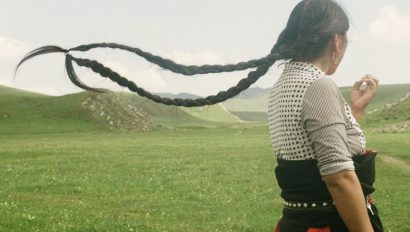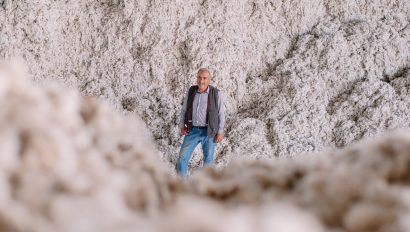Caring for Alpacas at Altitude in the Campesina Community of Pinaya, Peru
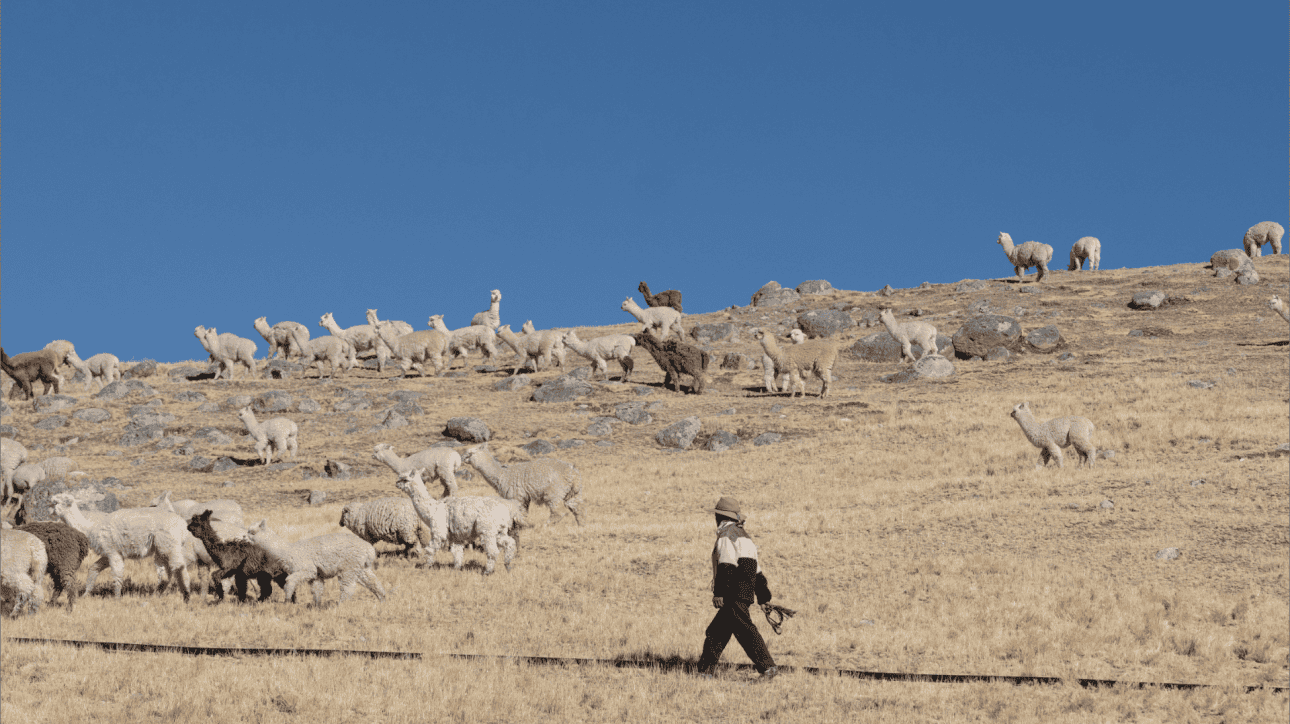
Nestled in the high-altitude lands in Cusco, Peru, local farmers are redefining what it means to raise alpacas sustainably. Located at nearly 4,900 meters above sea level, their stories show the resilience and commitment required to thrive at such altitudes.
Alpacas have long been an integral part of life in the highlands of Peru, where farmers are deeply connected to the land and the animals they raise. Their fine fiber is crucial to the livelihoods of many rural communities, providing both economic stability and cultural significance.
Yet in the Campesina Community of Pinaya, in Cusco, Peru, a new wave of farmers is redefining what it means to raise alpacas responsibly. Located at nearly 4,900 meters above sea level, they face the challenges of farming in one of the most remote and high-altitude regions in the world. In an approach that reflects both their ancestral connection to the land and their animals, as well as a willingness to adapt to modern practices, they are ensuring the resilience of their farms for generations to come.
As part of our ongoing initiative to showcase the stories behind responsible fiber production around the world, Textile Exchange turned to independent documentary photographer and photojournalist Angela Ponce to document the lives of two Responsible Alpaca Standard (RAS) certified farmers in Pinaya. Ponce’s work provides an intimate, honest view of the community, capturing both the innate beauty of this way of life and the dedication it requires. Her photography highlights both farmers’ commitment to responsible alpaca fiber production, portraying the respect for tradition combined with an openness to change that defines their work.
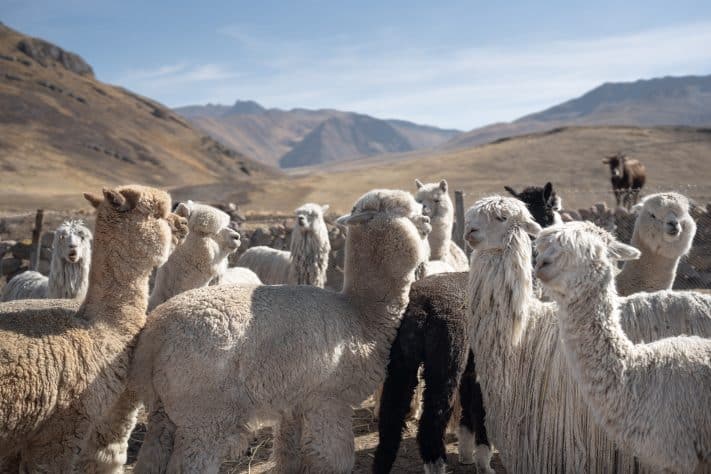
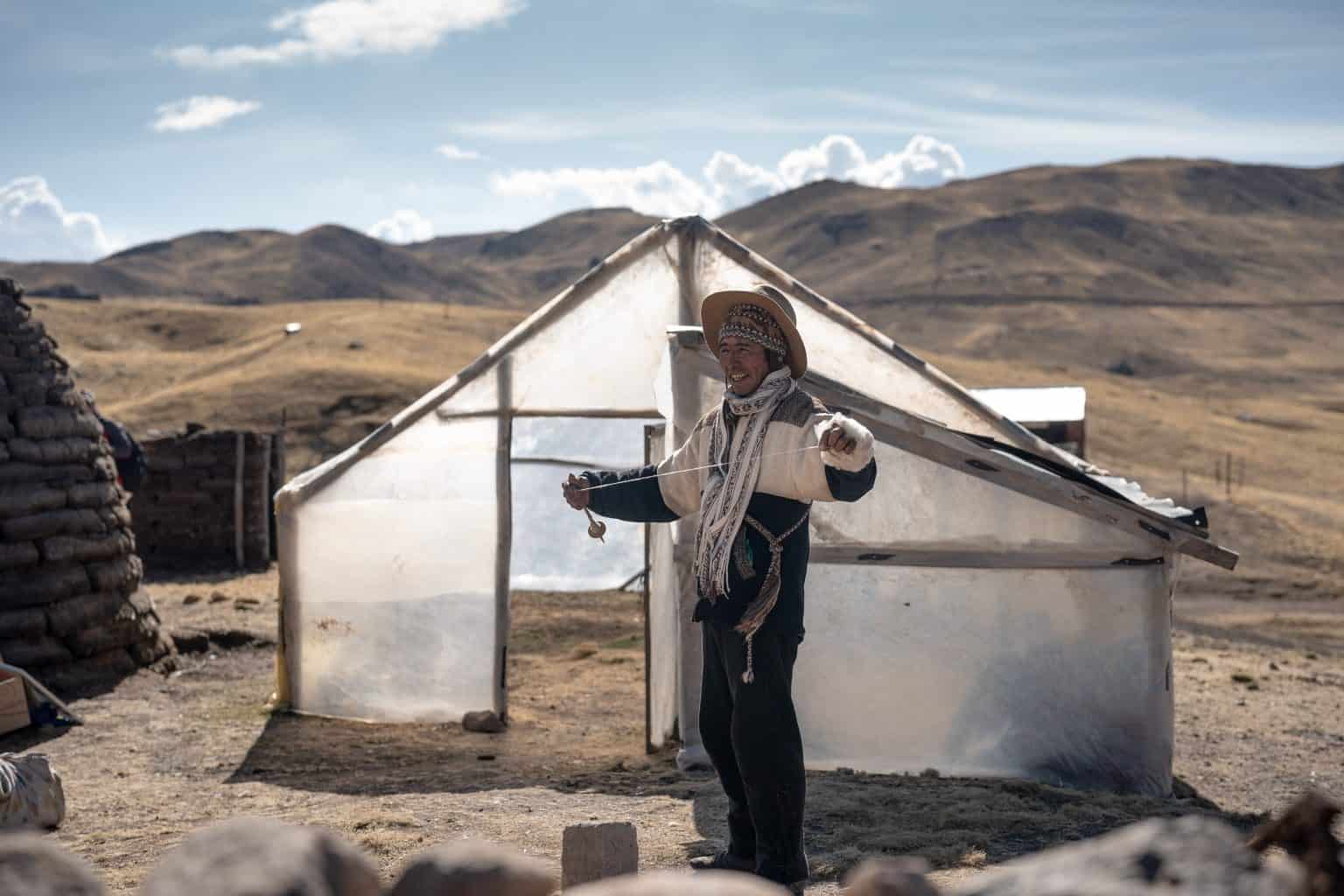
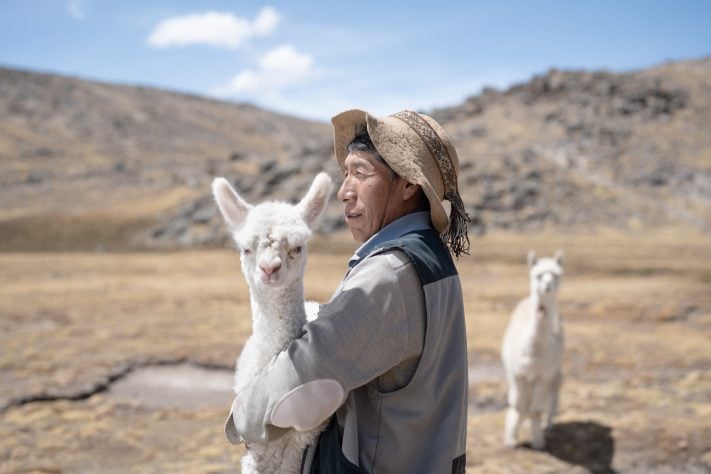
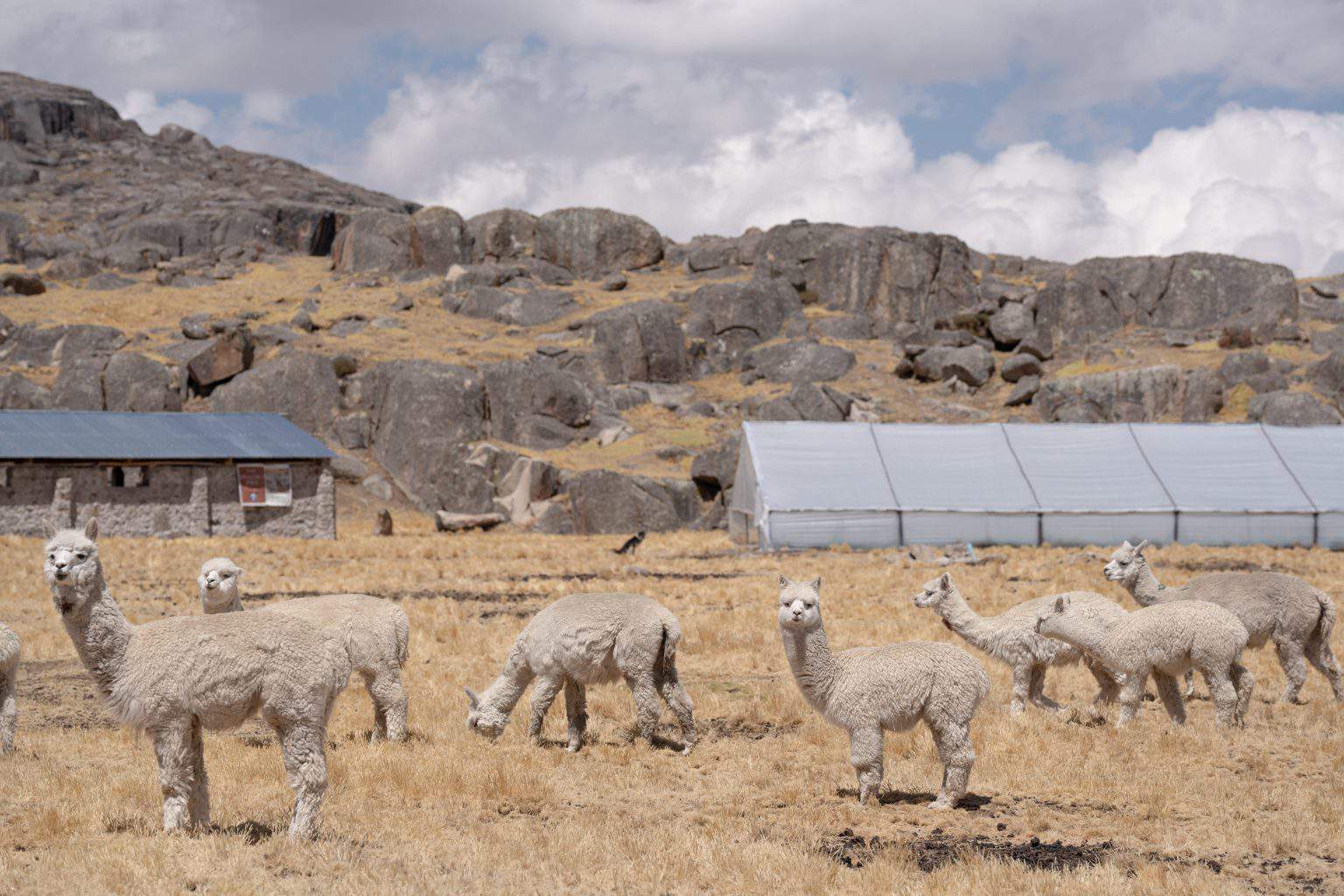
Pedro Palomino
Pedro Palomino inherited the Cabaña Ccallopata farm from his father and now oversees 370 alpacas. He also currently serves as the president of COOPECAN, a Peruvian alpaca cooperative. To Palomino, the fiber he harvests and sells is more than just his livelihood — it’s a symbol of his profound connection to the land, his animals, and the community that sustains them.
Like many farmers in the region, Palomino faces the growing challenge of climate change. The Quelccaya glacier, which was once the steady source of water for his farm, has receded, leaving him without the reliable supply that his farm once depended on.
Despite these challenges, his ability to adapt, respecting the traditional practices of his ancestors while embracing new approaches, continues to guide him through these times. Since he became involved with the Responsible Alpaca Standard, Palomino notes how he has been able to improve the welfare of his animals as well as the quality and quantity of the fiber he produces, by following the recommended shearing practices.
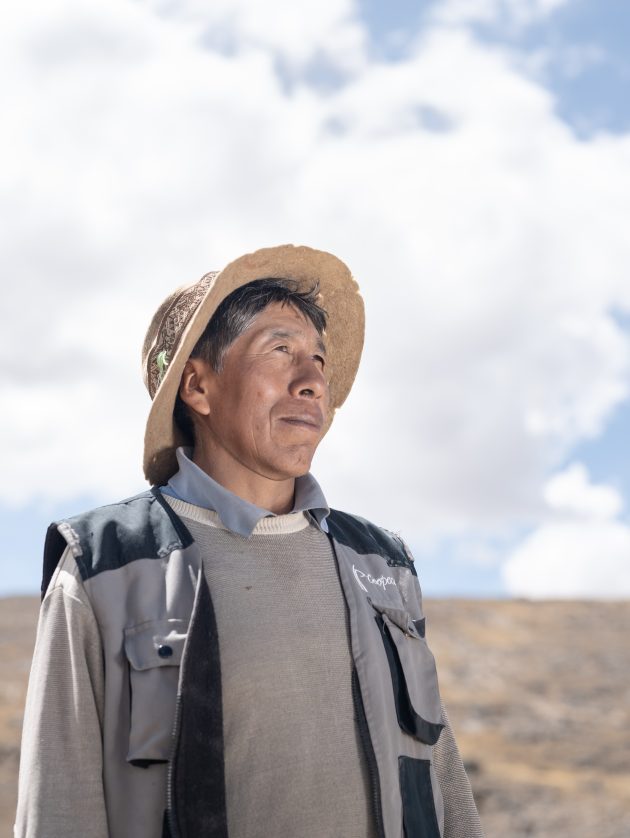
Valentín Cabrera
Valentín Cabrera has been raising alpacas for most of his life, learning from the traditions passed down through generations. He’s also a member of COOPECAN.
“What I like is the fresh air, the open space, and the clean water. I’m happy and calm here with my livestock, doing my work,” he smiles.
His commitment to his animals is reflected in his use of natural medicines, which he believes are key to keeping his herd healthy. Cabrera has aligned these traditional practices with the guidelines of the Responsible Alpaca Standard, resorting to chemical medicines only in the most serious cases.
In addition to farming, Cabrera has been spinning alpaca fiber and weaving it into handmade crafts, such as chullos (hats), since his youth. These crafts not only support his livelihood but also help preserve the rich cultural heritage of his community.
Before adopting the Responsible Alpaca Standard, Cabrera raised his herd following his ancestors’ practices. Today, he has reflected deeply on his animal care methods, making significant improvements to ensure the health of his alpacas and the continued quality of his fiber. His approach remains rooted in respect for his animals, who he considers part of his family, while also embracing new practices that ensure their wellbeing.
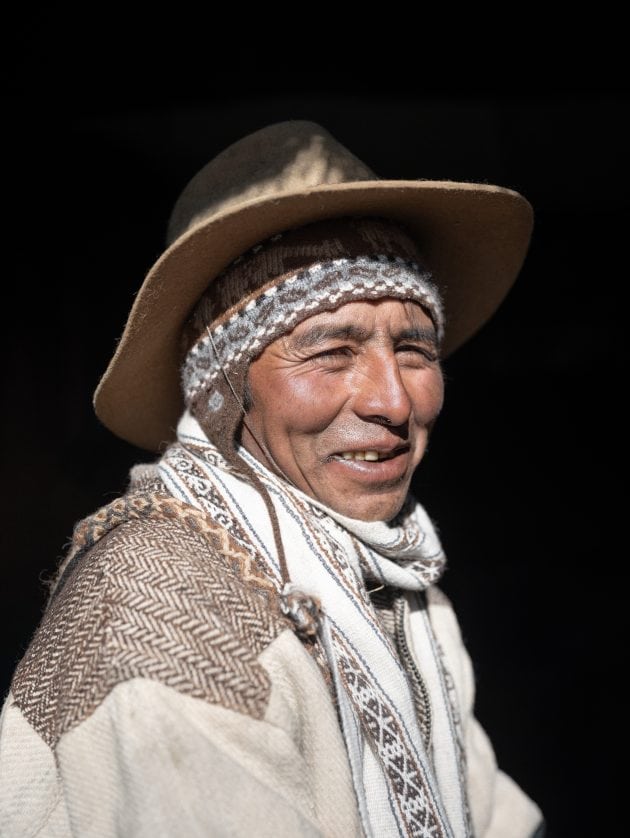

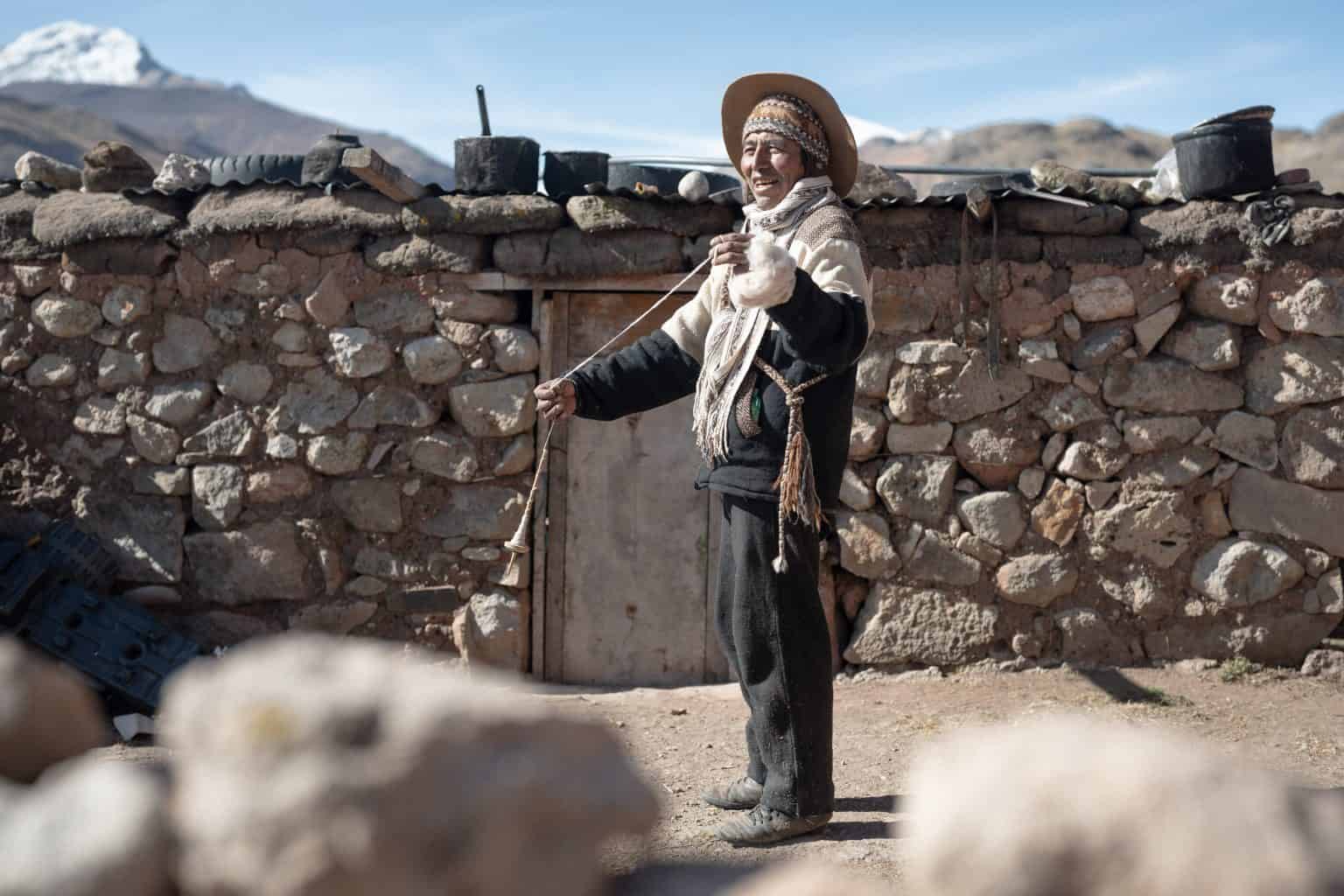
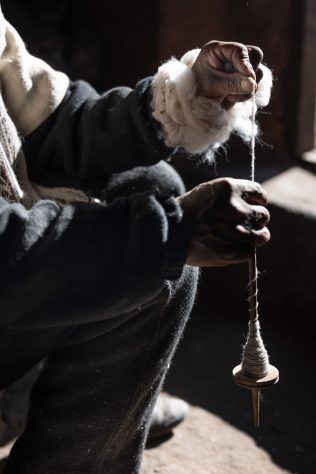
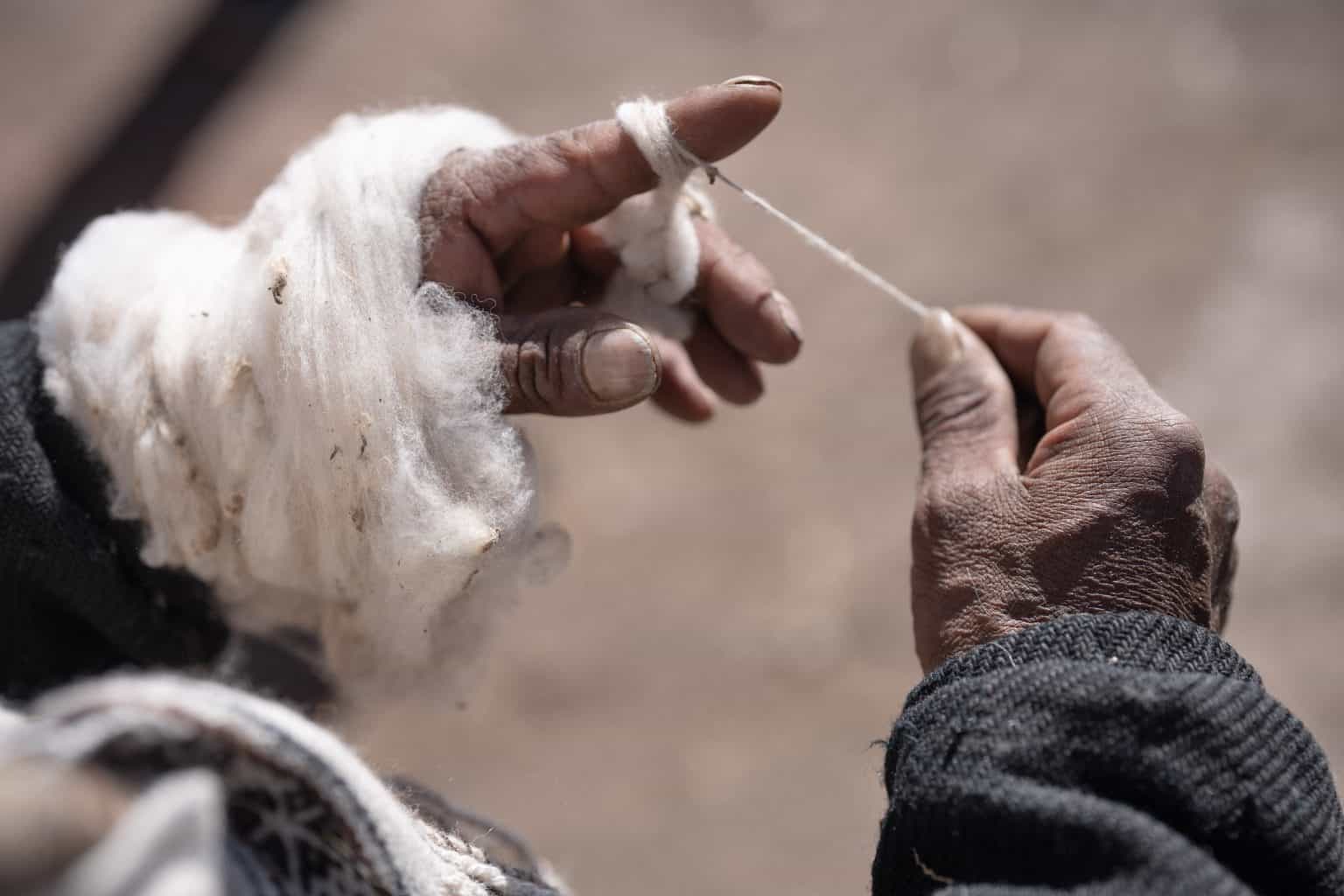
Balancing ancestral teachings with new methods
Whether it’s the impact of climate change on water availability, the lack of access to basic services, or the undervaluation of the fiber they produce on the market, both Palomino and Cabrera continue to face significant challenges. The receding glaciers, unusual weather patterns, and diminishing natural resources add layers of complexity to their farming.
In the face of uncertainty, their dedication to improving their methods, whether through refining shearing techniques or deepening their understanding of animal welfare, ensures that their alpacas continue to thrive.
Through their efforts, they are cultivating a new model for alpaca farming, one that balances tradition with evolution and respects the environment as much as it does the animals they care for. This legacy is not only shaping the future of their farms but also fostering a more sustainable and equitable future for the region.
